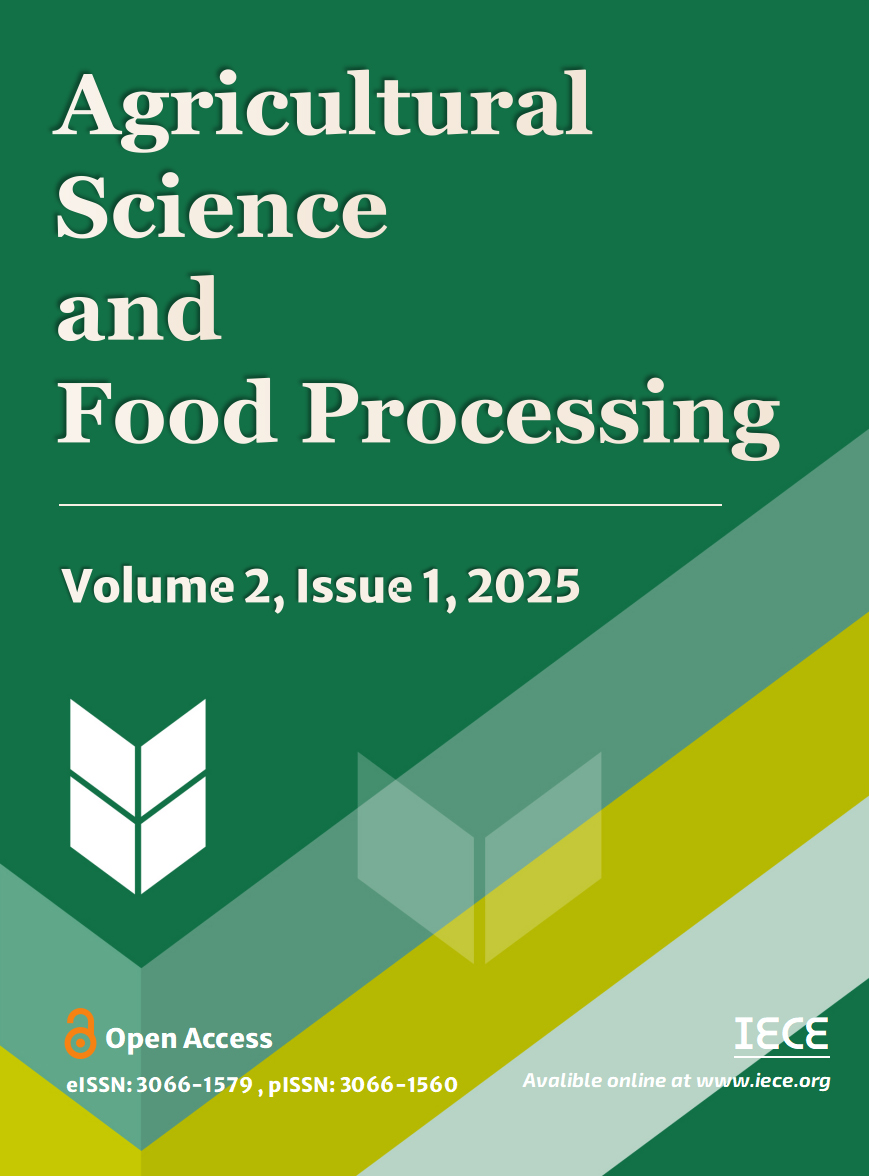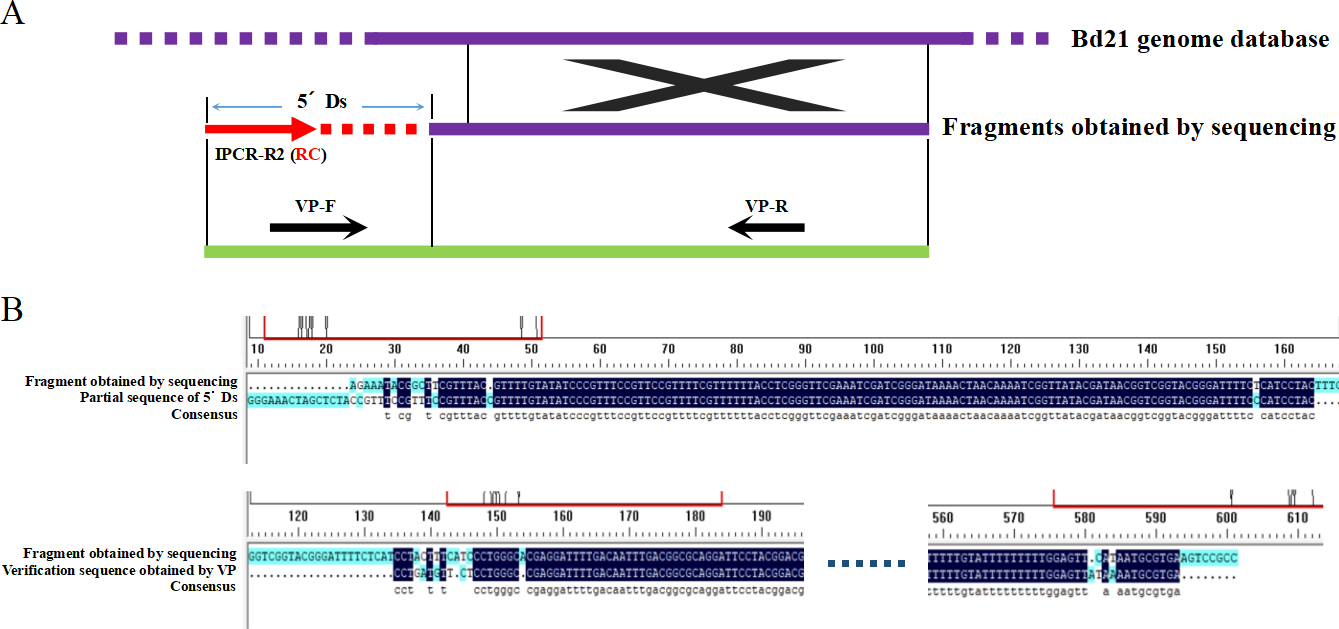Abstract
Inverse PCR (IPCR) is a reliable, straightforward, and effective technique for acquiring unknown sequences. In this study, we used the model monocot Brachypodium distachyon (ecotype Bd21) to standardize the conditions and materials necessary for the successful execution of IPCR. The analysis of the amplified sequences resulted in the following conclusions. First, the distance between the nearest primer and the boundary of the known-unknown sequence is crucial for determining whether the target sequence can be expanded in the second round of IPCR. Specifically, this distance should exceed 100 bp, ideally around 200 bp. Second, because the random cleavage of a 6 bp endonuclease occurs at a greater distance than that of a 4 bp endonuclease, the use of a 6 bp endonuclease in IPCR results in larger but often inconsistent bands, while maintaining good specificity. Therefore, if the goal is to amplify longer sequences or achieve high accuracy, it is advisable to select endonucleases with 6 bp restriction sites. Third, IPCR is a viable technique that can be effectively utilized to obtain unknown DNA sequences. The experimental conditions established in this study serve as a theoretical basis for the amplification of unknown genome sequences of Gramineae crops and other species.
Data Availability Statement
Data will be made available on request.
Funding
This work was supported in part by the Shaanxi Provincial Department of Education Key Scientific Research Project under Grant 21JY008; in part by the Shangluo University Science and Technology Research Project under Grant 20SKY010; in part by the General projects of Shaanxi Province's key research and development plan under Grant 2019NY-067; in part by the High-anthocyanin wheat green and efficient cultivation technology integration and demonstration project under Grant 2023-ZDLNY-13.
Conflicts of Interest
The authors declare no conflicts of interest.
Ethical Approval and Consent to Participate
Not applicable.
Cite This Article
APA Style
Xue, X., Li, Q., Wu, Z., & Fan, N. (2025). Key Techniques and Efficiency Analysis of Amplification of Flanking Unknown Sequences by Inverse PCR. Agricultural Science and Food Processing, 2(1), 47–55. https://doi.org/10.62762/ASFP.2024.865235
Publisher's Note
IECE stays neutral with regard to jurisdictional claims in published maps and institutional affiliations.
Rights and permissions

Copyright © 2025 by the Author(s). Published by Institute of Emerging and Computer Engineers. This article is an open access article distributed under the terms and conditions of the Creative Commons Attribution (CC BY) license (
https://creativecommons.org/licenses/by/4.0/), which permits use, sharing, adaptation, distribution and reproduction in any medium or format, as long as you give appropriate credit to the original author(s) and the source, provide a link to the Creative Commons licence, and indicate if changes were made.


 Submit Manuscript
Edit a Special Issue
Submit Manuscript
Edit a Special Issue

 Copyright © 2025 by the Author(s). Published by Institute of Emerging and Computer Engineers. This article is an open access article distributed under the terms and conditions of the Creative Commons Attribution (CC BY) license (https://creativecommons.org/licenses/by/4.0/), which permits use, sharing, adaptation, distribution and reproduction in any medium or format, as long as you give appropriate credit to the original author(s) and the source, provide a link to the Creative Commons licence, and indicate if changes were made.
Copyright © 2025 by the Author(s). Published by Institute of Emerging and Computer Engineers. This article is an open access article distributed under the terms and conditions of the Creative Commons Attribution (CC BY) license (https://creativecommons.org/licenses/by/4.0/), which permits use, sharing, adaptation, distribution and reproduction in any medium or format, as long as you give appropriate credit to the original author(s) and the source, provide a link to the Creative Commons licence, and indicate if changes were made. 